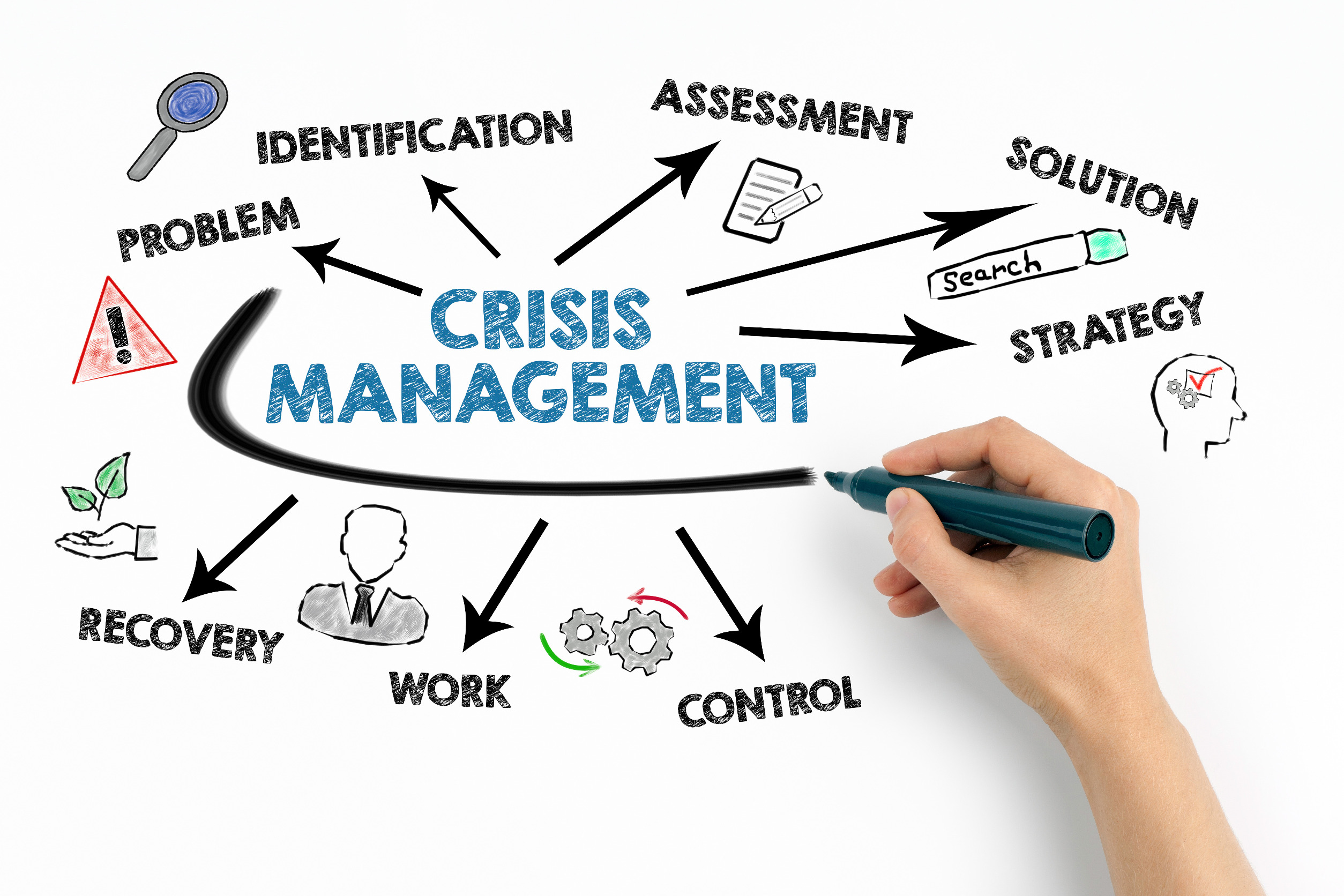We tend to approach change like one of those mathematical word problems that were the bane of many high school and college students. If we can only get the logic right, follow the methodology, complete the deliverables, we should get the right result. But, even if we “do everything right,” all too often we don’t get the change outcomes that we—or those we are working for—are expecting.
Stories may be the reason that things go off track so often; and, they are an incredible tool for keeping change on track as well.
Let’s start with the “off track” side of the equation. Whether or not you see yourself this way, you are a powerful storyteller! We all are. We tell ourselves stories day and night, and we believe them. There may be some facts embedded in the stories we are telling. There are also emotions. Some stories come from the heart, others from the gut. And we believe them. So what does this have to do with change going off track? In most change communications, the focus is on “the facts.” What’s going to happen, when it will happen, what will be the results for the company, the customers, and the shareholders. And, everyone affected by the change starts telling themselves stories about what the change means for them. Maybe it’s a story about getting laid off. Or a story about a reorganization that will result in a boss they despise. Or it’s a story about how if they lay low, the change will somehow wash over them and fade away. Stories that invoke fear or distrust activate the amygdala, the area of the brain that is the root of the “fight, flight, freeze, appease” response. The stories people are telling themselves are undermining the likelihood of success!
The fact is, facts don’t hold the weight of story, even if it’s a story we are telling ourselves. In “Why Your Brain Loves Good Storytelling,” author Paul Zak describes a series of studies examining the neuroscience of stories. “We know that people are substantially more motivated by their organization’s transcendent purpose (how it improves lives) than by its transactional purpose (how it sells goods and services). Transcendent purpose is effectively communicated through stories. Make your people empathize with the pain the customer experienced and they will feel the pleasure of its resolution.” Help people understand the story that they will be a part of in the success of the change. Stories of this nature activate the pre-frontal cortex, the portion of the brain that is home to trust, empathy, and reasoned decision-making.
How can you, and those you serve, integrate story into your approach to change in order to help move your initiatives on the track to success?

























